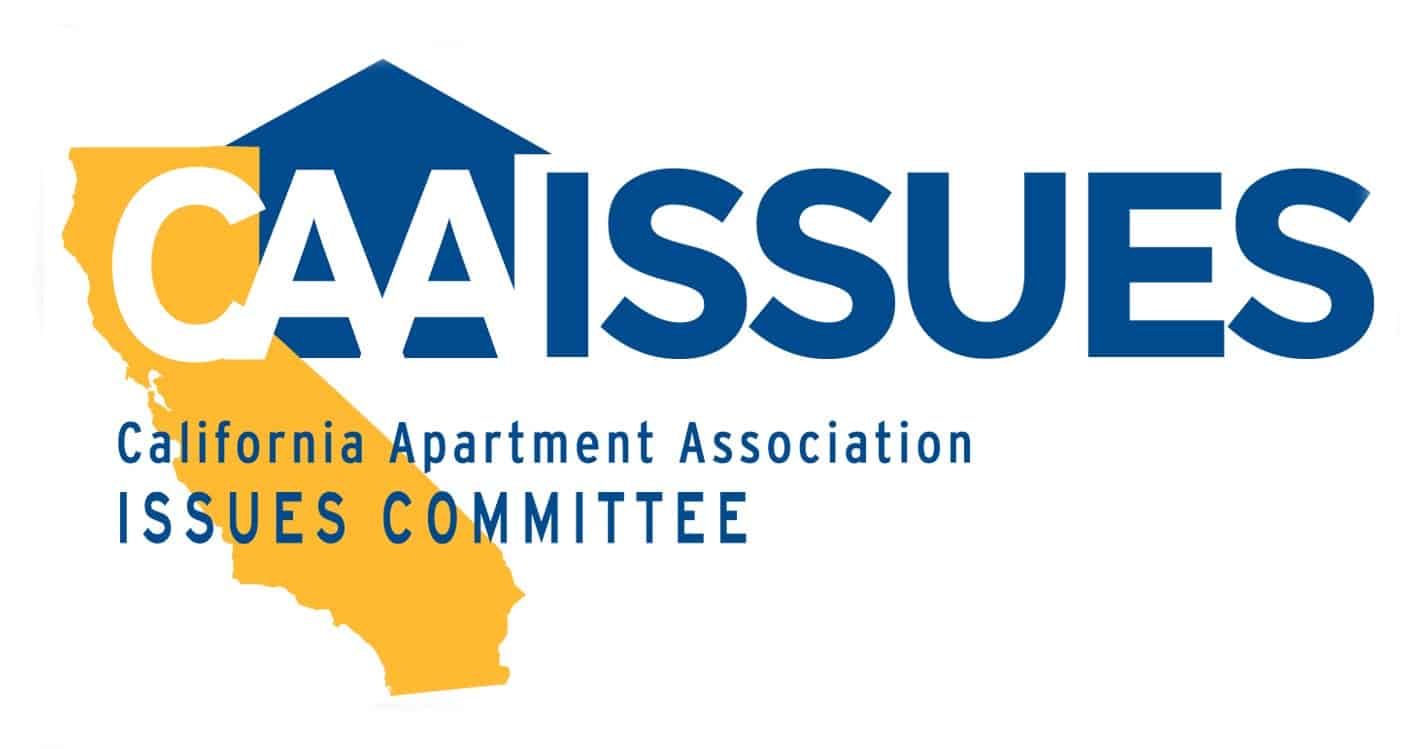When talking about housing in California, compromise is sometimes the last word that comes to mind. A forum held Thursday in Sacramento was designed to start moving toward that goal.
The California Apartment Association brought together members from all sides of the housing debate, including representatives from the state, affordable housing, labor, builders, property owners and tenants. The objective was to start working toward consensus on how to resolve California’s worsening housing crisis.
The consensus was that all sides need to compromise to address the acute need and build more housing, both affordable and market rate. Another point that all sides agreed on was that the State needs to create a workable framework that helps move the process forward.
The event was kicked off by Mac Taylor, California’s legislative analyst, who declared: “Bottom line, we need to build more housing. We need to make it easier to build more housing.”
His was a galvanizing statement for the day’s panel discussions, which covered the evolution of the crisis, the barriers that have exacerbated it and what all sides can do to alleviate it. Reaching a consensus around what will work best in the state will not be easy; and there is no simple “one size fits all” fix.
Building consensus is part of the solution but it is also part of the problem. Together all sides recognized there are key issues that need to be addressed and admitted that without change, we know exactly what is going to happen: the future will be like the present.
Trulia Chief Economist Ralph McLaughlin said, “It is not simply a matter of economics. Demand is outpacing supply and the state needs not only more than 1.5 million affordable units but also millions of market-rate units to accommodate all the people who need housing in California.”
Assemblyman David Chiu added: “We all have a collective responsibility to build housing for the workers that are coming in. Many cities and counties do not want to have those conversations.”
The state has built less than half the houses needed to accommodate its workforce over the last decade. The impact has affected diversity in the cities and has seen many lower-income families fleeing urban centers for the suburbs, creating longer commutes, longer days and harder working conditions. Chiu added that, “Since the last Census, in San Francisco, more than half of our African American community has left our city. Many of our middle-class workers — teachers, nurses, firefighters, police officers — have two-hour commutes to work.”
One area where consensus was reached easily was when the discussion turned to who needs to take the reins: All panelists agree that state, local and federal support is needed to resolve one of the primary issues: addressing local opposition to projects that could help resolve the crisis.
“NIMBYism” is one of the chief culprits behind the lack of housing in California; local opposition to building projects has hampered moving the needle forward. Mark Stivers, executive director of the California Tax Credit Allocation Committee, stated we need to take incremental steps to start making progress: “Provide fiscal incentives or penalties to local governments so they follow the law and reduce NIMBY pressures by giving less weight to sentiment.”
This was echoed by Tom Bannon, CAA’s chief executive, who said it is time to “put some teeth in the state law to help achieve the targets we must meet to house people in our state.”
CAA will produce a complete report and findings from the event soon.

